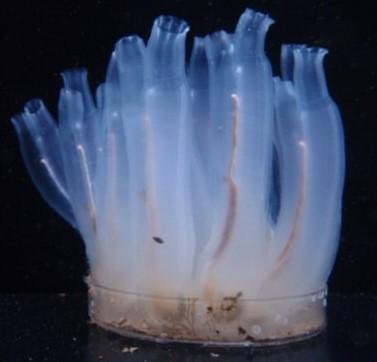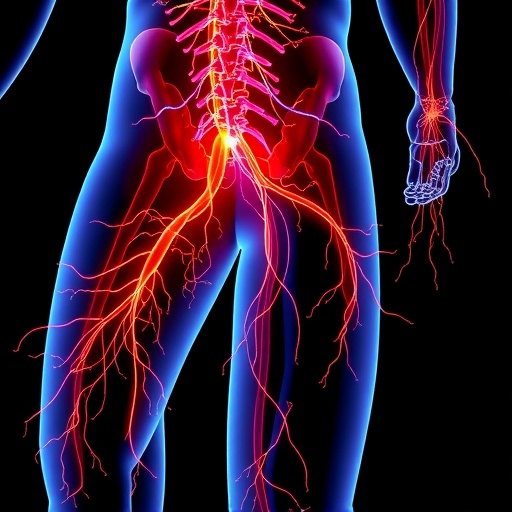Researchers from the University of Tsukuba demonstrate that the neurotransmitter GABA is a key regulator of metamorphosis using model sea squirt Ciona intestinalis

Credit: University of Tsukuba
Tsukuba, Japan – Metamorphosis, or a dramatic change in physical appearance, is a normal part of the life cycle of many animals, carried out to take advantage of different ecological niches. Yet the process of metamorphosis–how a caterpillar becomes a butterfly, or a tadpole transforms into a frog–is not well understood and has only been studied in a small number of species.
In a study published this week in Current Biology, a team led by researchers from the University of Tsukuba investigated the role of various neurotransmitters in the regulation of metamorphosis, identifying GABA as a key regulator in the model sea squirt Ciona intestinalis.
Ciona are some of the closest living relatives of vertebrates. Starting life as tadpole-like larvae, Ciona undergo a metamorphosis into vase-shaped adults that is triggered by their attachment to a solid surface.
“Ciona have organs called adhesive papillae that sense when the animal attaches to a surface, triggering metamorphosis,” explains Professor Yasunori Sasakura, senior author. “The adhesive papillae contain sensory neurons that transmit signals to the rest of the body, suggesting that the nervous system plays an essential role in initiating metamorphosis.”
To investigate the role of the nervous system in metamorphosis, the researchers treated Ciona larvae with various neurotransmitters, among which only GABA induced the physical changes associated with maturation. Upon blocking the genes required for GABA synthesis, transport, and maturation, the researchers observed decreased induction of metamorphosis, confirming they had found the right regulatory molecule.
GABA, or gamma aminobutyric acid, is one of the main neurotransmitters in mammals. It is usually thought of as an inhibitory molecule because it blocks certain signals in the brain, decreasing nervous system activity. Interestingly, however, the researchers found that this was not the case in Ciona metamorphosis.
“Using expression analysis and gene knockout/knockdown assays, we showed that GABA activates the neurons expressing gonadotropin-releasing hormone (GnRH), which is essential for reproductive maturation in vertebrates,” says Professor Sasakura. “Knocking out the genes encoding GnRH showed that it is essential for metamorphosis in Ciona larvae and confirmed its place as the downstream component of GABA-mediated regulation.”
Further experimentation showed that while larvae lacking GnRH could not carry out the initial steps of metamorphosis, they did exhibit normal adult organ growth. In contrast, no adult organ growth was observed in GABA mutants, suggesting that GABA is essential for all metamorphic events.
The researchers now hope to understand how the GABA-GnRH pathway causes the dramatic physical changes that occur during Ciona metamorphosis and, given the wide conservation of these molecules among animals, to explore whether the GABA-GnRH mechanism plays a role in the metamorphosis of other animal species.
###
Media Contact
Naoko Yamashina
[email protected]
Related Journal Article
http://dx.




